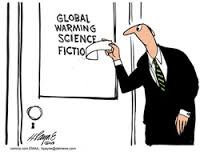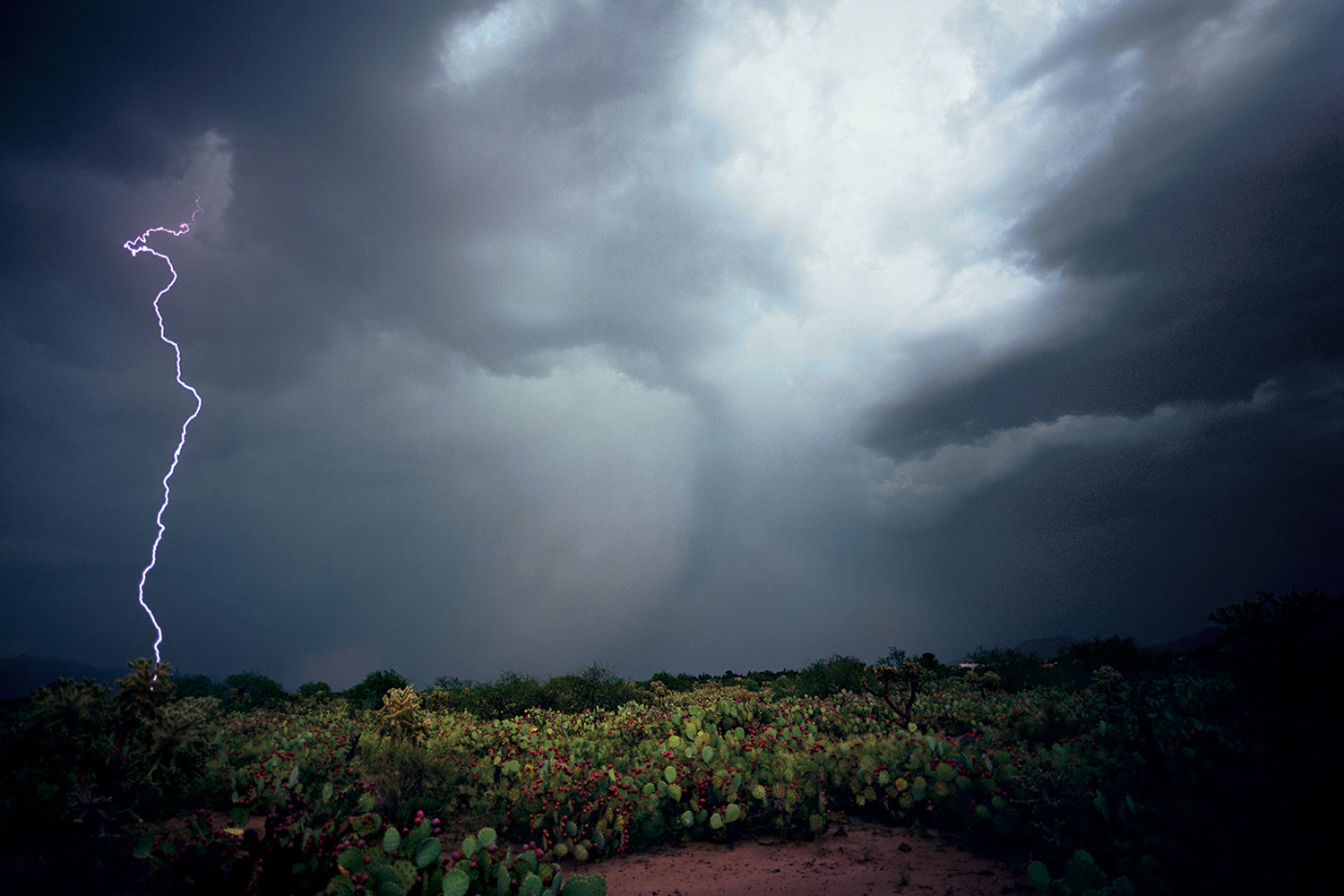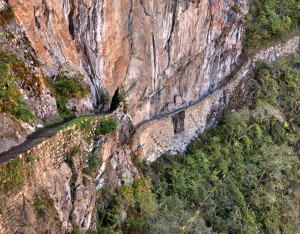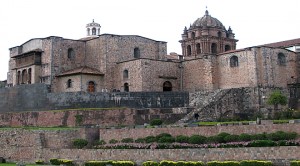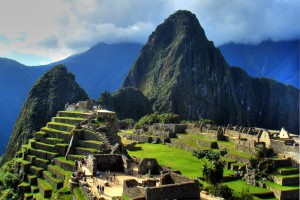John Charles Polanyi, the winner of the 1986 Nobel Prize in Physics, said that “scholarship – if it is to be scholarship – requires that the truth take precedence over all sectarian interests, including self-interest.” Two years after Polanyi received his award, global warming entered into the general lexicon and public discussion after Dr. James Hansen’s testimony to the Senate Energy and Natural Resources Committee declaring that, with 99% certainty, that “the warming trend was not a natural variation but was caused by a buildup of carbon dioxide and other artificial gases in the atmosphere.” Climate science immediately became a “political football”, as fossil fuel and big industry scrambled to scour the truth in order to defend their self-interest. Naomi Oreskes and Erik M. Conway, in Merchants of Doubt, warned that “small numbers of people can have large, negative impacts, especially if they are organised, determined and have access to power.” And their efforts changed the global warming discussion forever for that very reason.
While a large body of climate scientists genuinely and honestly pursued impartial and unbiased research on global warming, a small critical mass of individuals, known as “merchants of doubt”, published reports to the contrary, saying that there was actually a cooling trend, and that not enough was known about the climate to act one way or the other. Backed by abounding resources from fossil fuel companies, conservative think tanks and media outlets, their efforts turned global warming from being indisputably correct scientifically to a flimsy theory to provoke fear, and even a referendum on American government itself; cap-and-trade measures to tame down carbon emissions, as they argued, were a government intrusion into the market economy, an interference in personal rights, and indicative of the burgeoning size of the government.
What lied beneath the surface of the campaign of doubt and misinformation was the preservation of the bottom line for the fossil fuel industry for another generation, not the pursuit of scientific truth or the common good. In order for any measurable mitigation or adaptation progress to be made, self-interest must be dropped for the prospects of future generations, financial gain for environmental preservation, and negligence for stewardship. Bob Inglis, former Republican Representative from South Carolina, made the following analogy:
“Your child is sick, 98 doctors say treat him this way, two say, ‘No, this other is the way to go.’ I’ll go with the two. You’re taking a big risk with those kids.”
How long are we willing to take such a big risk and pass the buck off to our children and grandchildren? For their sakes and ours, the time for decisive action is now.
Quote by John Charles Polanyi found on www.brainyquote.com.
Quote by Dr. James Hansen found in NYT article, “Global Warming Has Begun, Expert Tells Senate”, 24 June 1988.
Definition of “political football” (to cause a political football is to “thrust a social, national security, or otherwise ostensibly non-political matter into partisan politics”) found in Safire’s Political Dictionary.
Quote from Merchants of Doubt found on page 270.
Quote by former Rep. Bob Inglis found on transcript for PBS Frontline’s program titled “Climate of Doubt,” aired 23 October, 2012.

